Topic: 2 Artificial Intelligence – Intelligent Agents
1. Overview of Intelligent Agents
An autonomous entity (software, robot, or computer) that uses sensors to sense its surroundings and actuators to act on them in order to achieve specific goals is known as an intelligent agent.
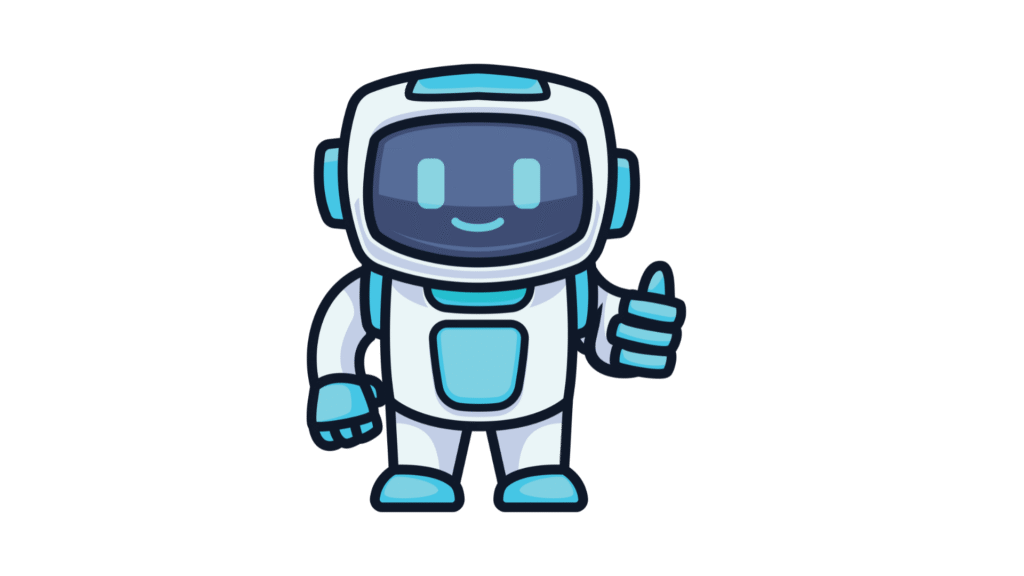
Agent Function:
f : P∗ → A
The expression “f: P* → A” is read as:
“f is a function from P star to A.”
Where:
- P∗ is the set of all possible percept sequences
- f: This is the agent function — it describes how the agent behaves.
- P* (P-star): This means all possible percept sequences the agent can receive over time.
- A percept is what the agent perceives at one moment (like camera input, sound, temperature, etc.).
- A percept sequence is the history of all percepts it has received.
- A: The set of possible actions the agent can take (like move forward, stop, turn, speak, etc.).
Agent Structure:
Sensors (e.g., camera, microphone)→ Understand environment
Actuators → Perform actions (e.g., output, robot arms)
Percept → The input that it receives
Performance Measure → Success Criteria
Environment: The setting in which the agent functions
2. Types of Intelligent Agents
| Agent Type | Description | Example | |
| Simple Reflex Agents | Choose actions based only on current percept (no memory). | Vacuum cleaner: “If dirty, clean” | 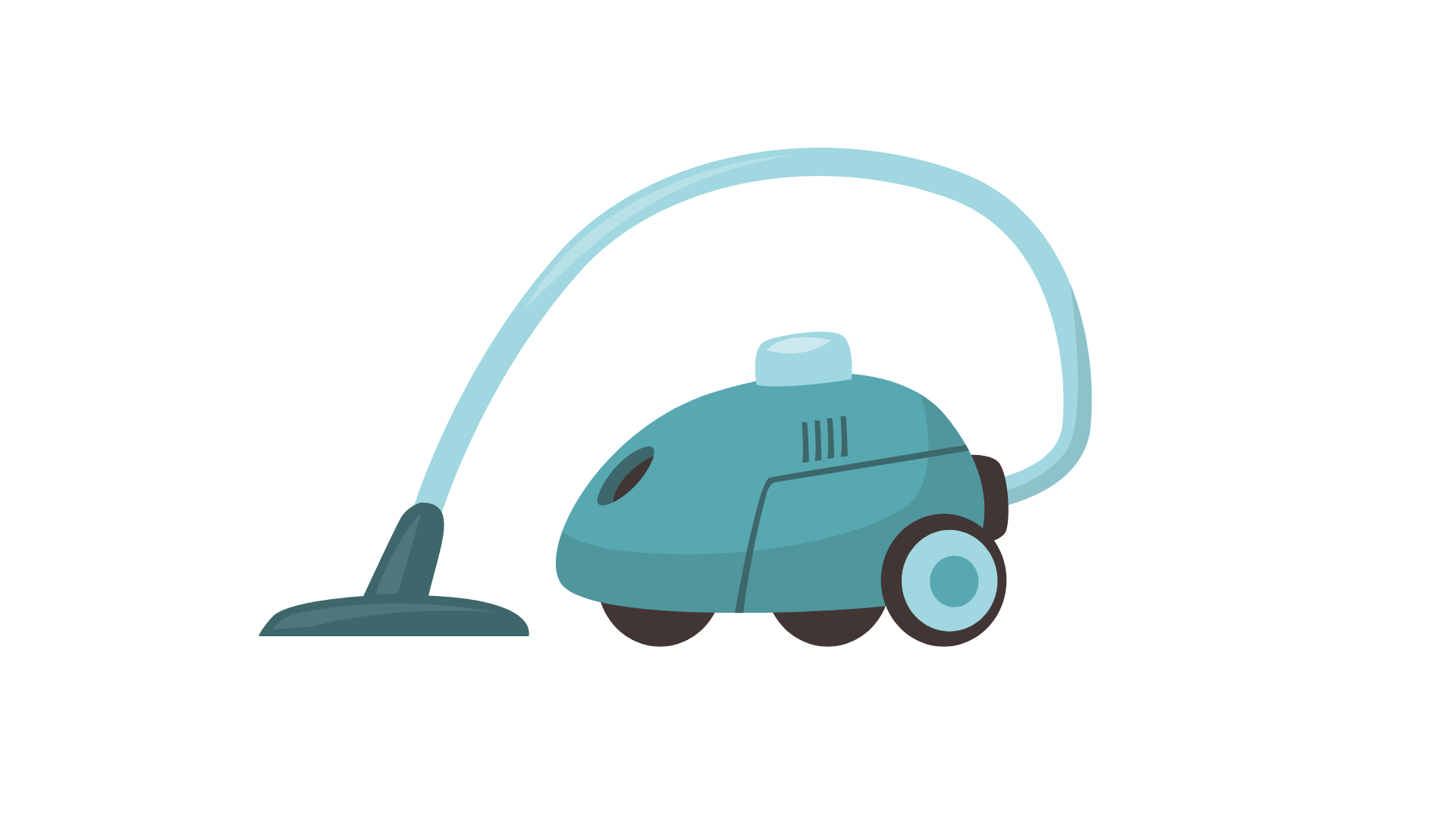 |
| Model-Based Agents | Use internal state (memory) to keep track on the outside environment. | Smart thermostat with memory | 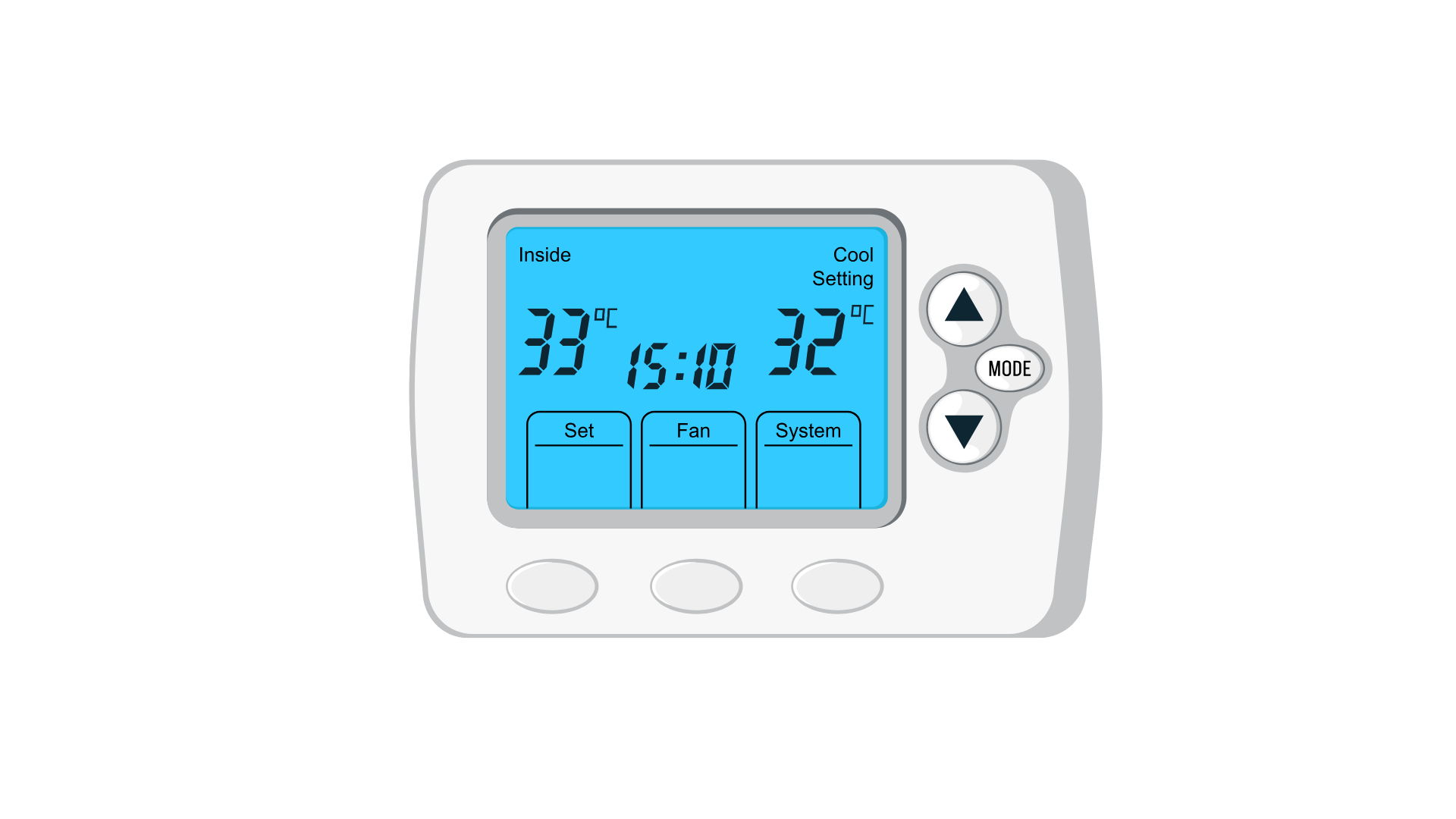 |
| Goal-Based Agents | Use goals to choose between options | GPS navigation systems | 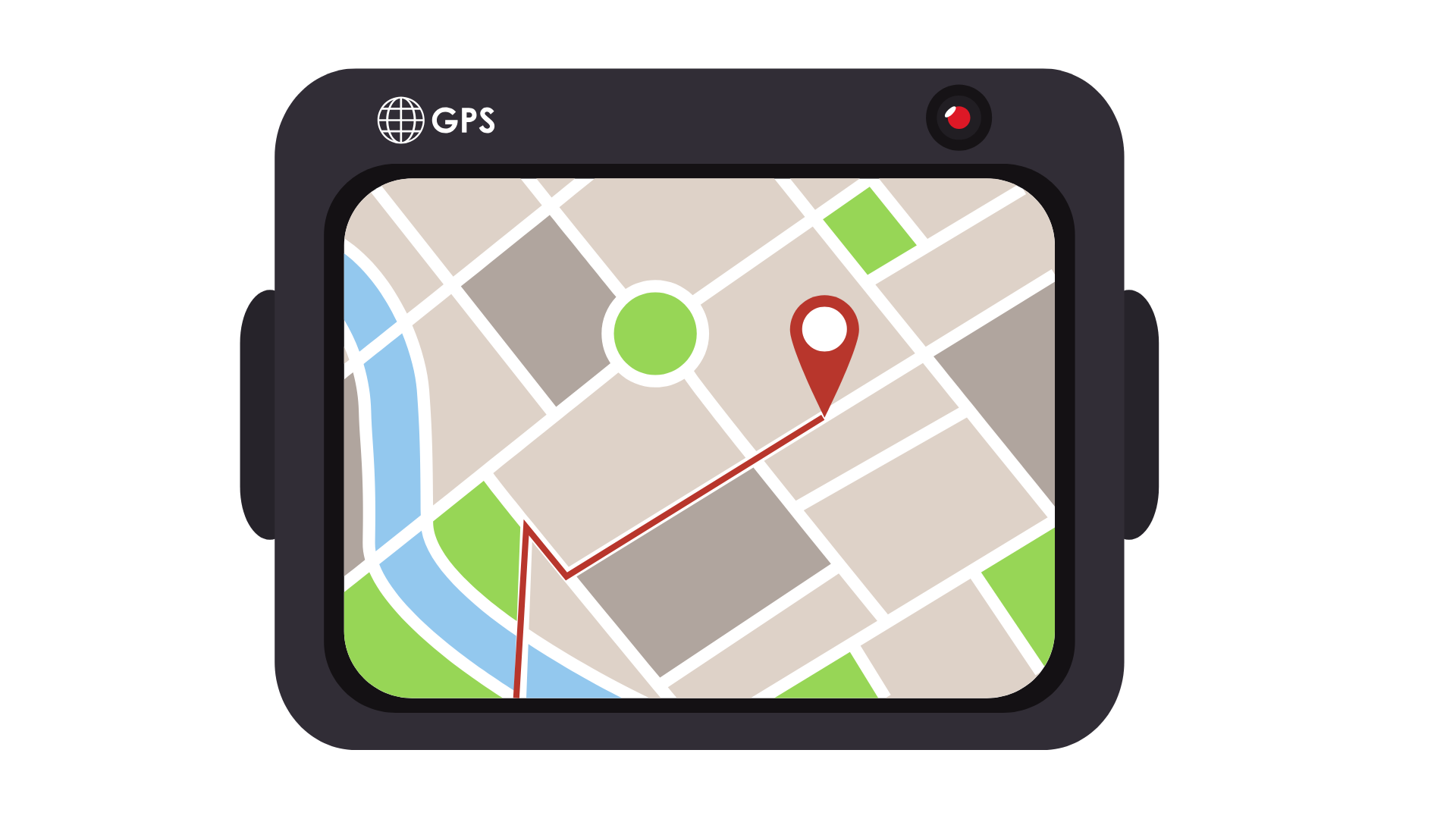 |
| Utility-Based Agents | Consider the “happiness” or value of results. | Self-driving cars | 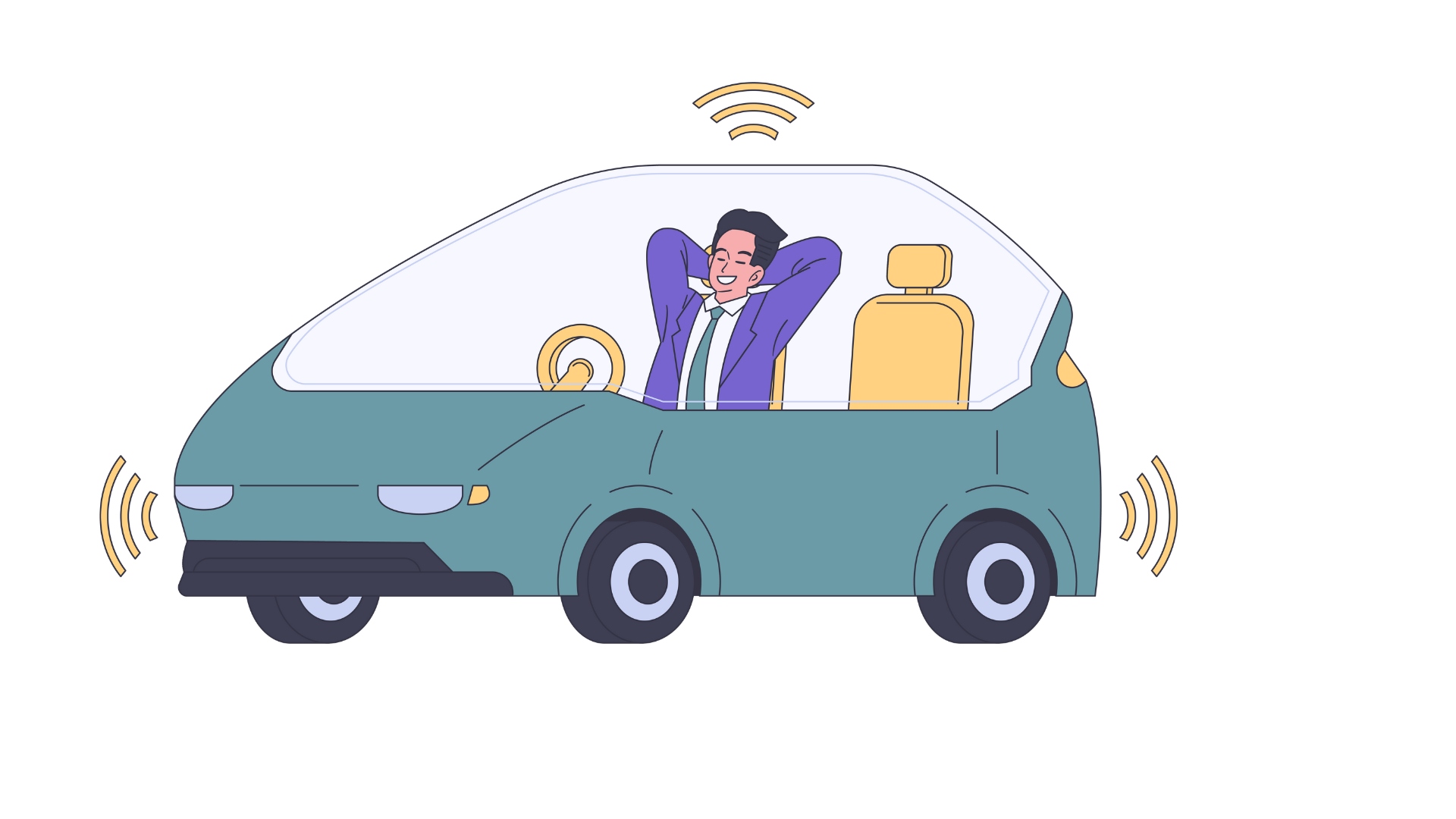 |
| Learning Agents | Able to learn from experience and gradually improve performance. | recommendation engines, ChatGPT, |  |
3. Cybernetic Intelligence vs Artificial Intelligence
| Aspect | Cybernetic Intelligence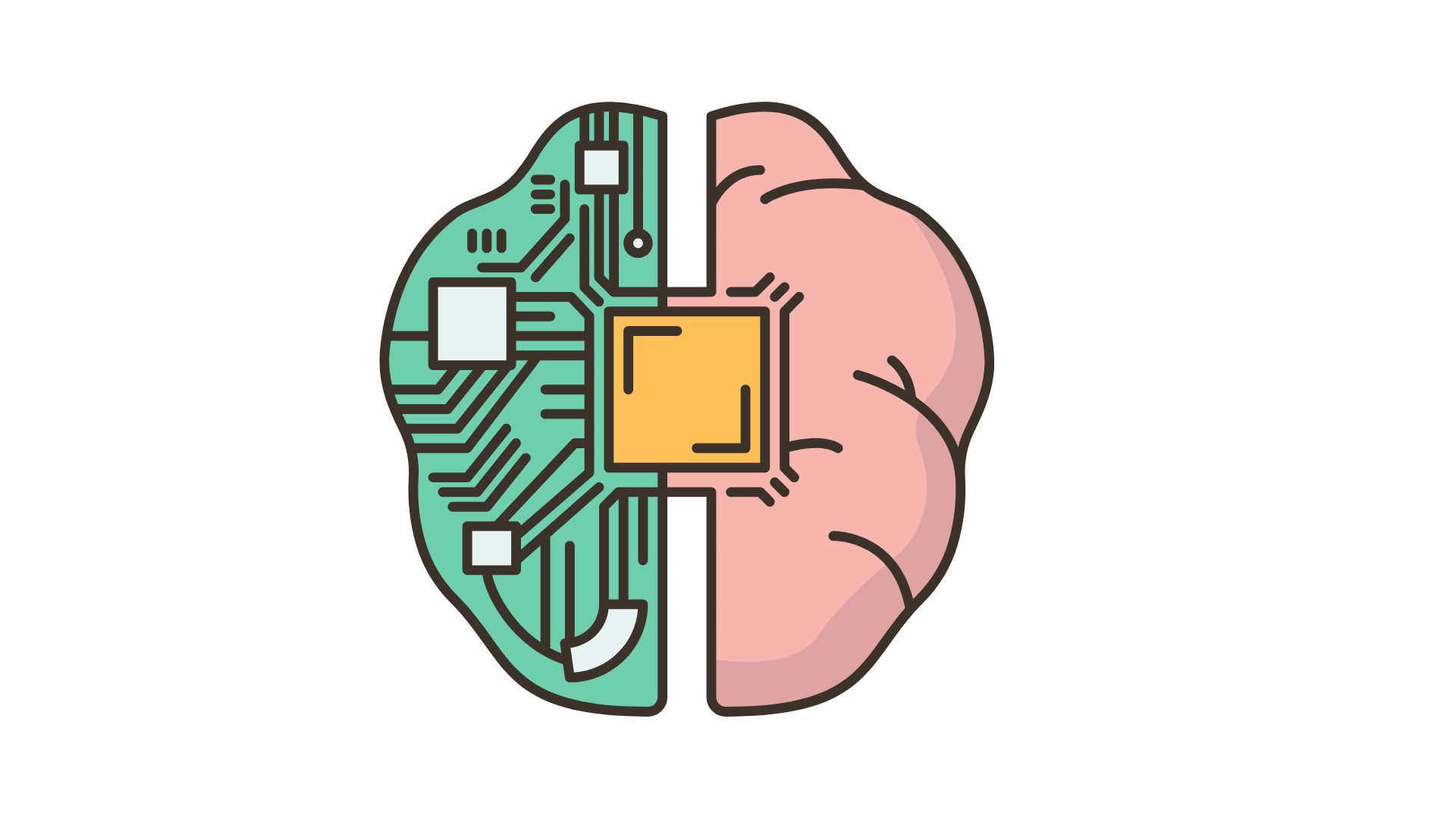 | Artificial Intelligence  |
| Definition | Intelligence derived from biological feedback systems 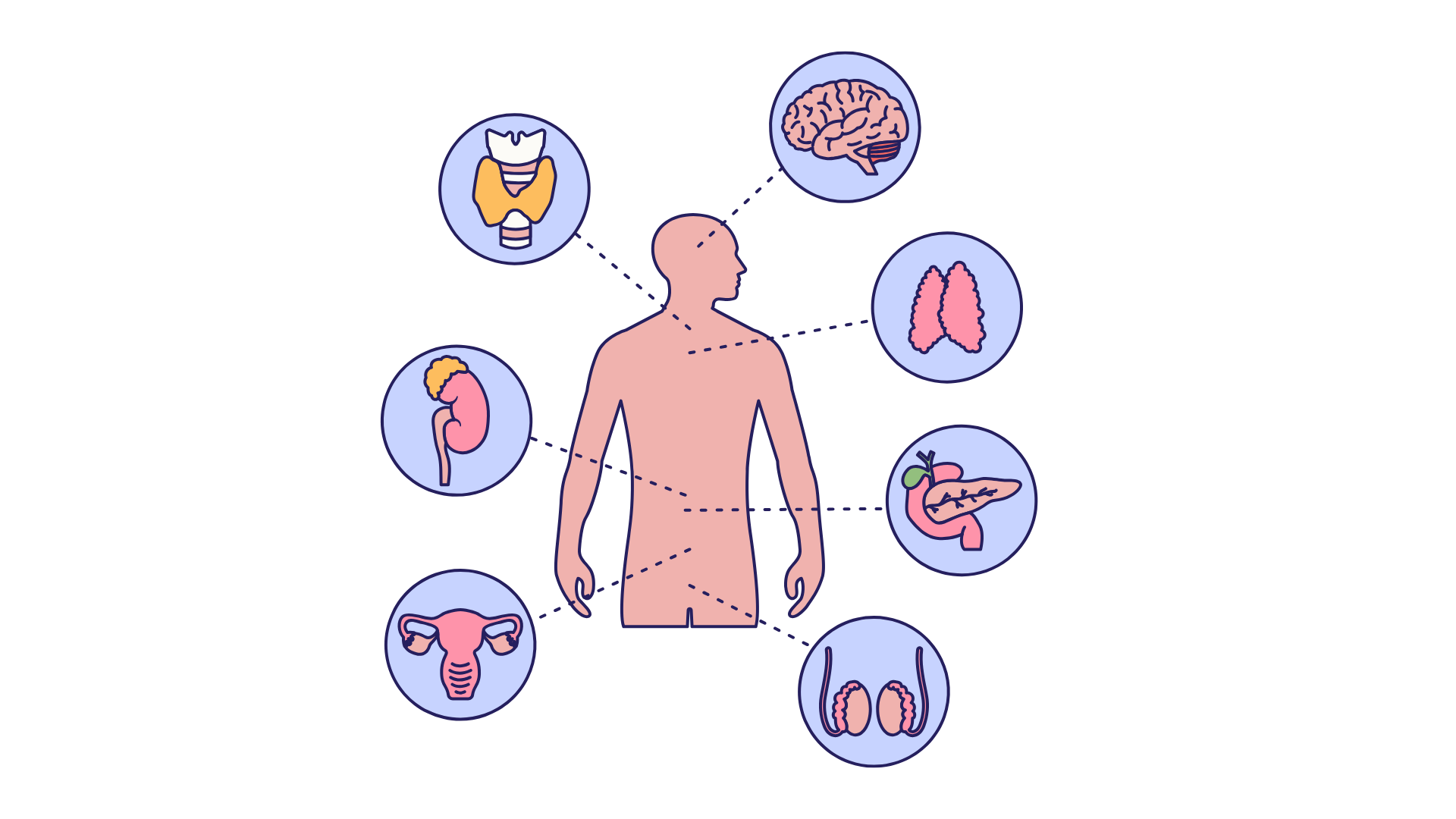 | Intelligence simulated by algorithms or machines |
| Origin | Based on feedback cycles and control systems  | Based on cognitive concepts and computer science 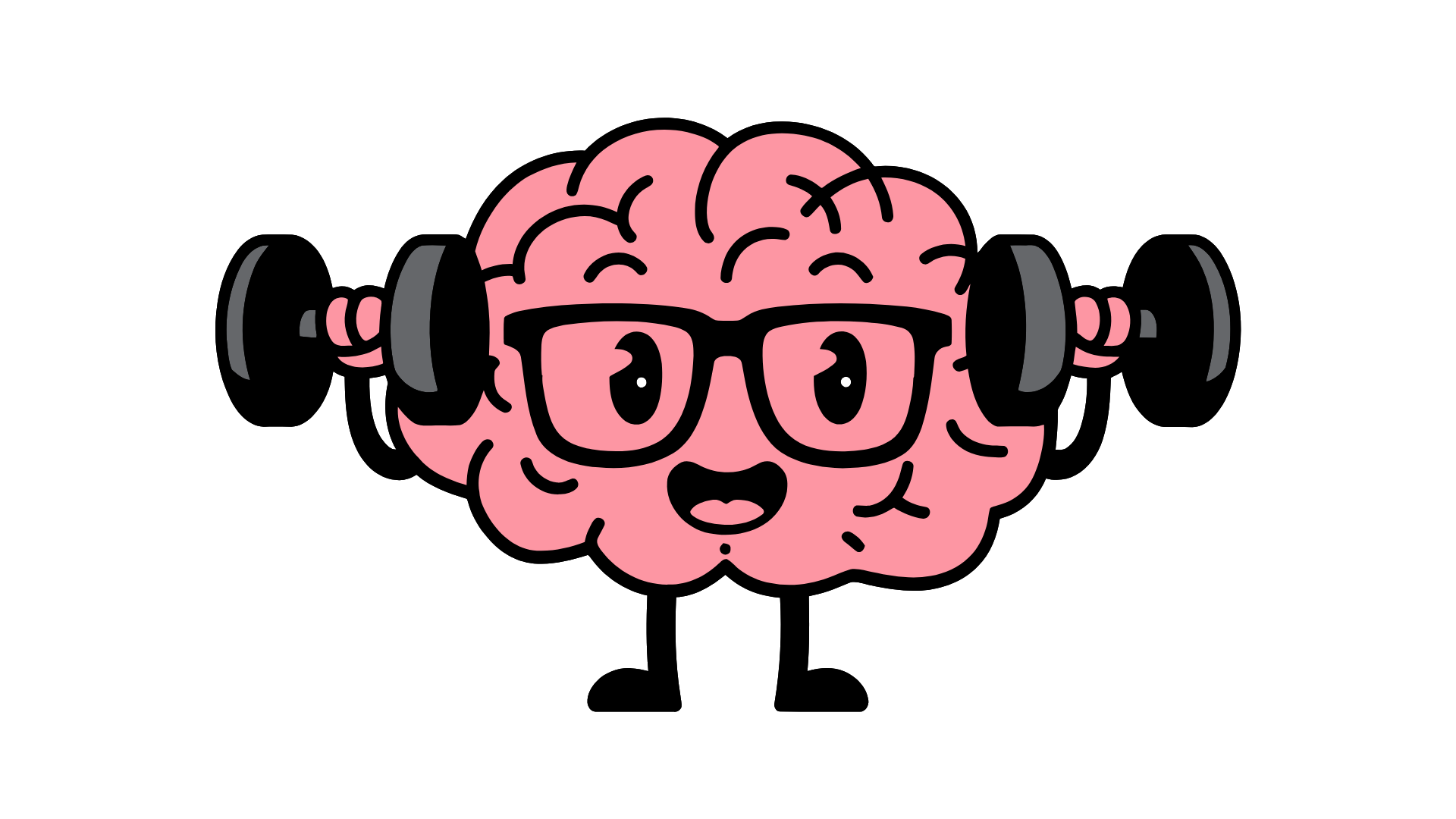 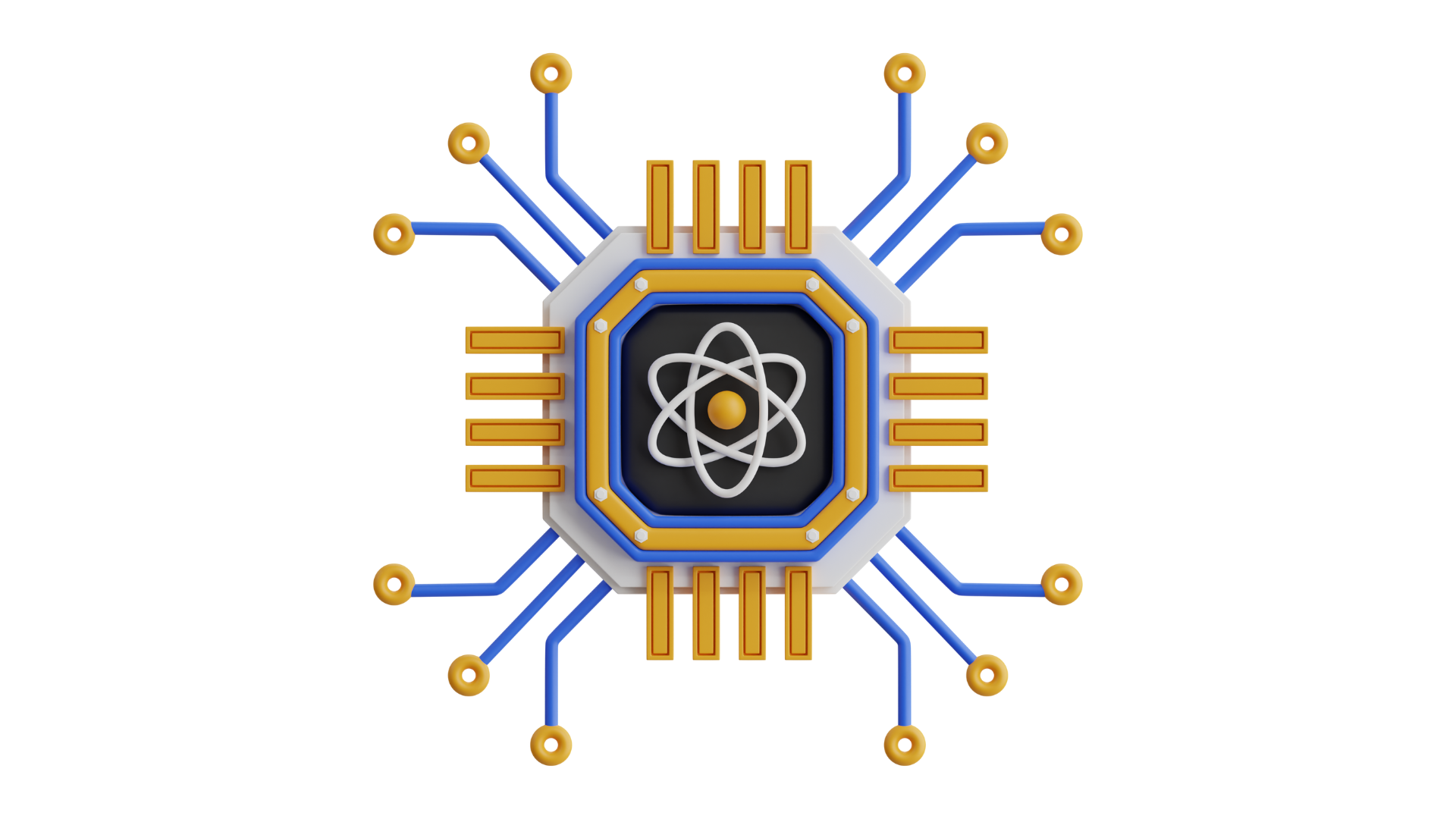 |
| Focus | Stability of the system and flexible control  | Learning, reasoning, and problem-solving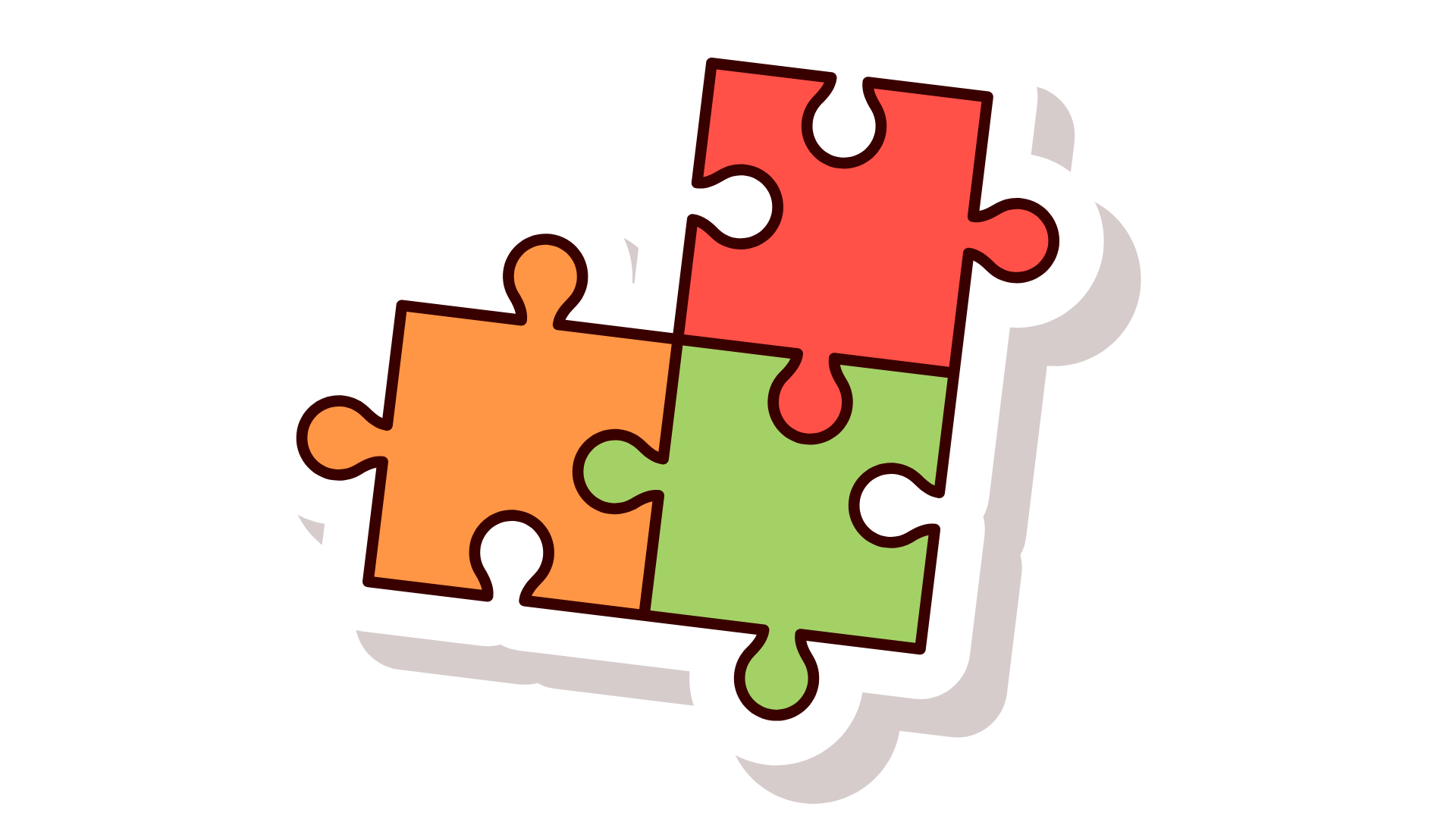 |
| Example | Autopilot systems and thermostats (adjust based on feedback)  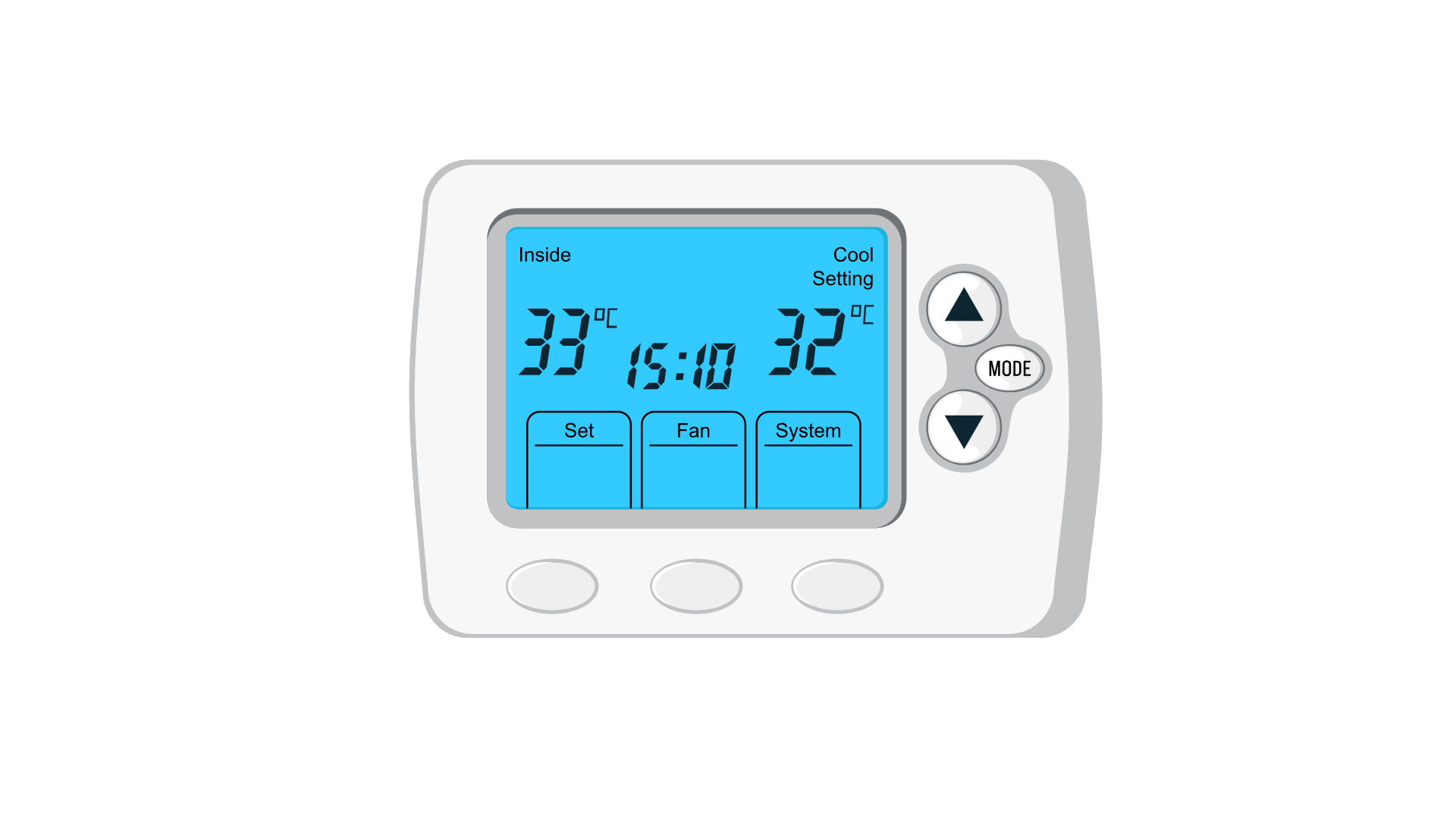 | Image recognition, chatbots, and machine learning models 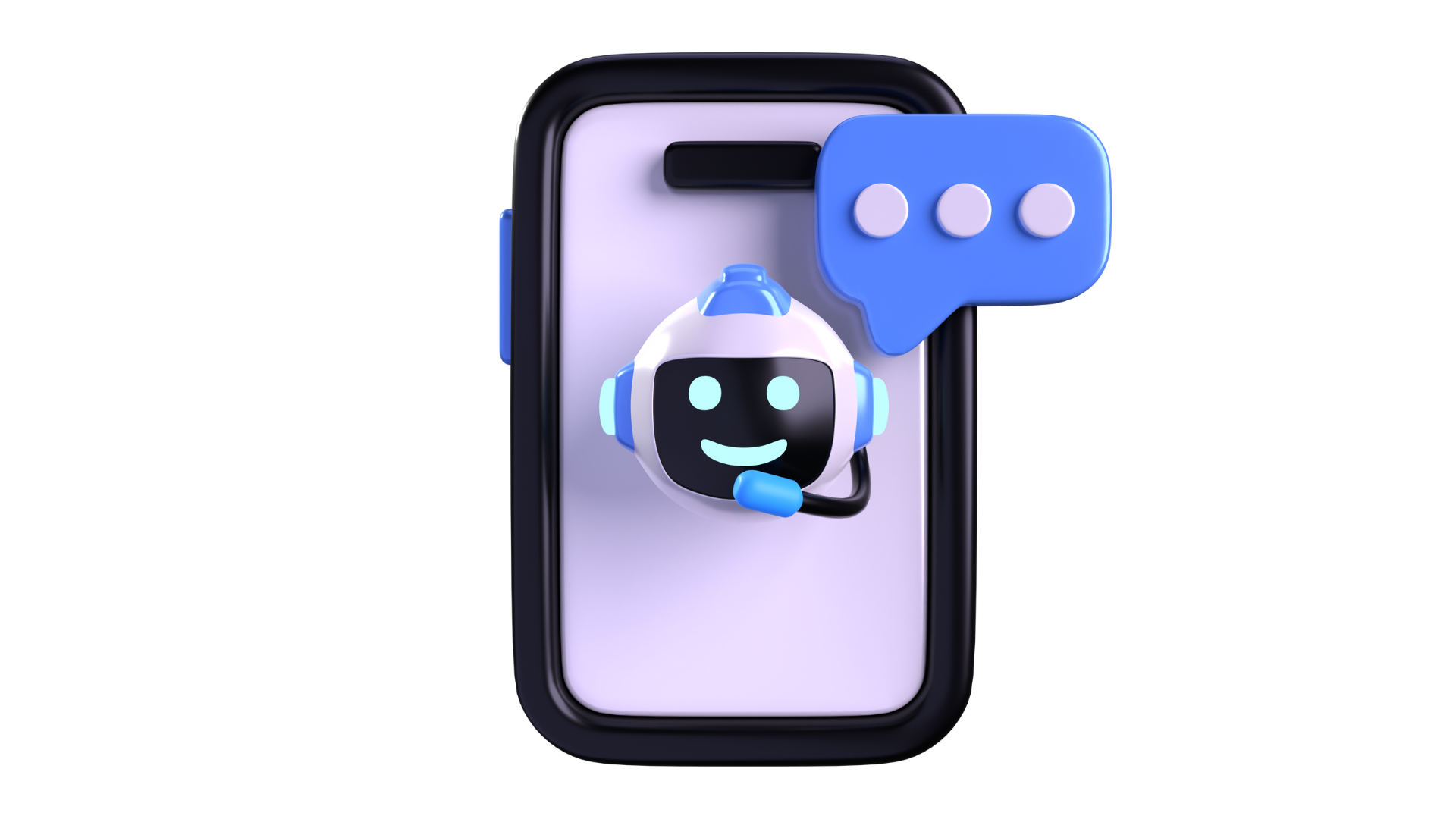 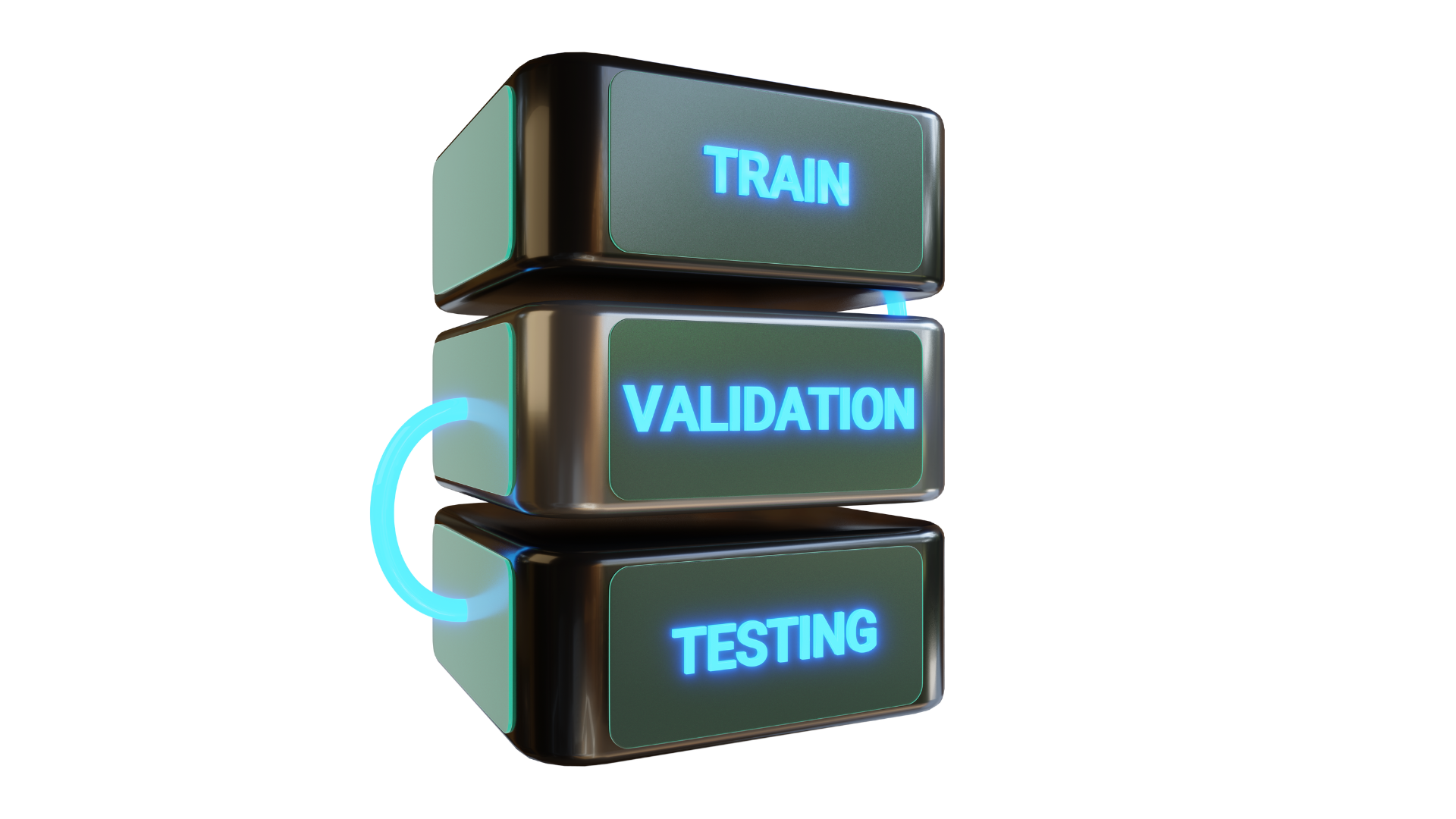 |
| Feedback Loop | At the center of the operation | It may or may not have feedback systems. |
| Natural vs Synthetic | Often based on natural or biological models | Completely artificial/ synthetic |
Summary:
Cybernetics focuses on control and feedback, whereas artificial intelligence (AI) invloves learning, reasoning, and intelligent decision-making.
4. Objectives of Artificial Intelligence
| Objective | Description |
| Automation of Tasks | Enable machines to perform cognitive and repetitive tasks |
| Problem Solving | Solve complex real-world problems using logic and data |
| Learning and Adaptation | Build systems that learn and get improved over time. |
| Natural Interaction | Interact with humans through speech, text, gestures (NLP, speech recognition) |
| Decision Making | Enable machines to make logical or ideal decisions |
| Simulation of Intelligence | Simulate or model the cognitive processes of humans, such as learning, planning, and thinking. |
| Ethical and Responsible AI | Build AI that aligns with human values and avoids harm |
